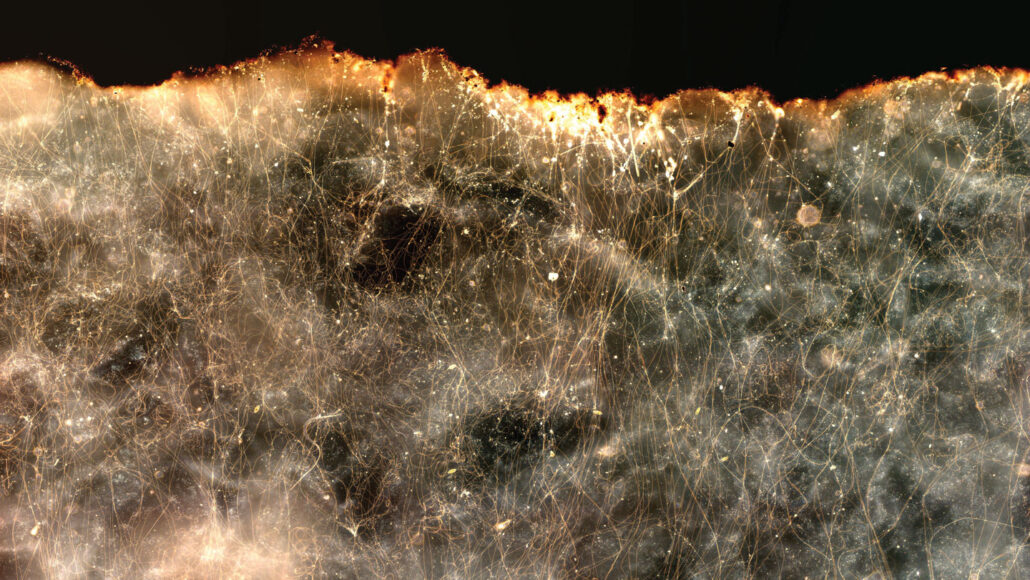Questions for “Bacterial ‘living wires’ could help protect the seas and climate”

Cable bacteria look like long, thin threads in this microscope image. To help the environment, scientists hope to harness the ability of these microbes to conduct electricity.
Steffen Larsen, Lars Riis Damgaard